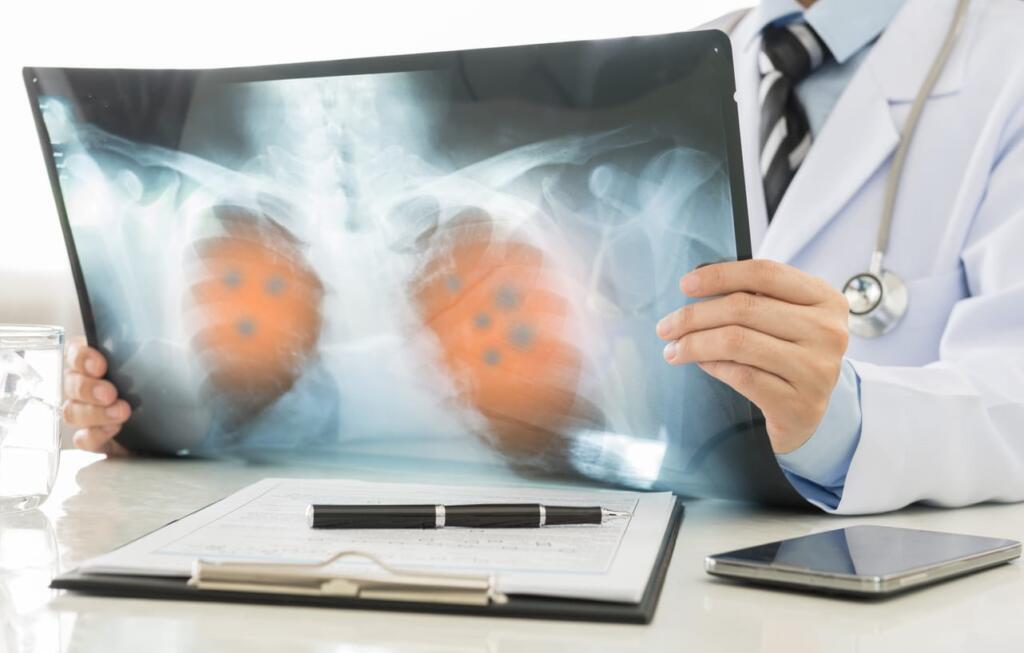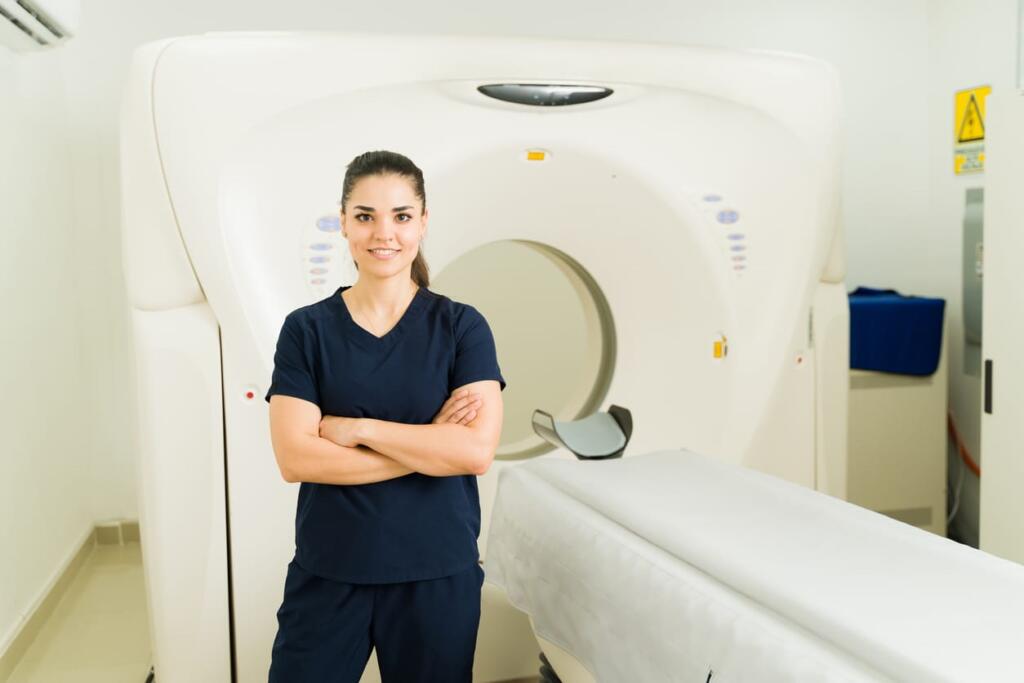
Lung cancer remains one of the most prevalent and deadliest forms of cancer worldwide and is responsible for the highest number of cancer-related deaths. However, there is hope in the form of lung cancer screening, a powerful tool that can lead to early diagnosis and improved survival rates. We will explore the significance of lung cancer screening and its potential to save lives. Early detection is the best solution to lung cancer available.
Is lung cancer common?
Worldwide, lung cancer is the second most common cancer in both men and women. The American Cancer Society estimated that lung cancer rates would have approximately 238,340 new cases in 2023 and 127,070 deaths. These overwhelming statistics are evidence of the need for lung cancer screening. Early detection of lung cancer can result in proactive intervention and more effective treatment.
Schedule your preventative scan
How do you get screened for lung cancer?
Lung cancer screening is a process used to detect lung cancer in individuals who are healthy but have a high risk of lung cancer development. There is currently only one recommended screening method for lung cancer: a low-dose CT scan. Low-dose CTs take X-rays of the lungs and use small amounts of radiation.
The purpose of getting a lung cancer screening is for early detection. The earlier lung cancer is detected, the more effectively it can be treated. Typically, by the time signs of lung cancer are present, it has advanced to a stage where curative treatment is unlikely. Lung cancer screenings help reduce the risk of death by detecting the condition early.
Related: Lung Cancer Survival Rates
How is lung cancer detected?
Due to the complexity of lung cancer, the causes, and the different lung cancer types, accurate diagnosis is critical for the best possible outcome. CT scans can help identify abnormal areas in the lungs that could potentially be cancerous. Research has shown that individuals with a higher risk of lung cancer can lower their risk of dying from the disease if they get an annual CT scan.
Once the CT scan has been conducted, if the results show signs of lung cancer, more imaging tests will be conducted — and potentially a biopsy — to make a more definitive diagnosis. If it is confirmed that lung cancer is present, a treatment plan will be discussed and created to address the issue. The earlier lung cancer is detected, the more effective treatment typically is.
Schedule your preventative health scan today for a healthier tomorrow
What causes lung cancer?
Lung cancer has a number of causes; however, the number one cause of lung cancer is cigarette smoking. Other lung cancer causes include but are not limited to:
- Breathing secondhand smoke
- Exposure to asbestos or radon
- Having a family history of lung cancer
Why should you get screened for lung cancer?
Your health is a priority. The sad truth is that lung cancer is often caught too late. As a result, it has one of the lowest survival rates of all cancers. Without screening, it is a difficult disease to diagnose early enough for treatment to be effective because people don’t often show symptoms in the early stages.
With the advancement of medical technology, lung cancer no longer has to be a death sentence. Get tested to address the issue before it’s too late, and successful treatment is less likely. With proper screening and early detection, lung cancer can be very treatable. If you or someone you know is at a high risk for developing lung cancer, we encourage you to schedule your preventative health scan. It is worth noting that certain cancer types such as lymphoma, cervical cancer, and breast cancer might not be detectable through a CT scan.
Book your non-invasive CT scan
References:
Key Statistics for Lung Cancer. (2023).
Lung Cancer Screening. (2022).
Who Should Be Screened for Lung Cancer? (2022).

